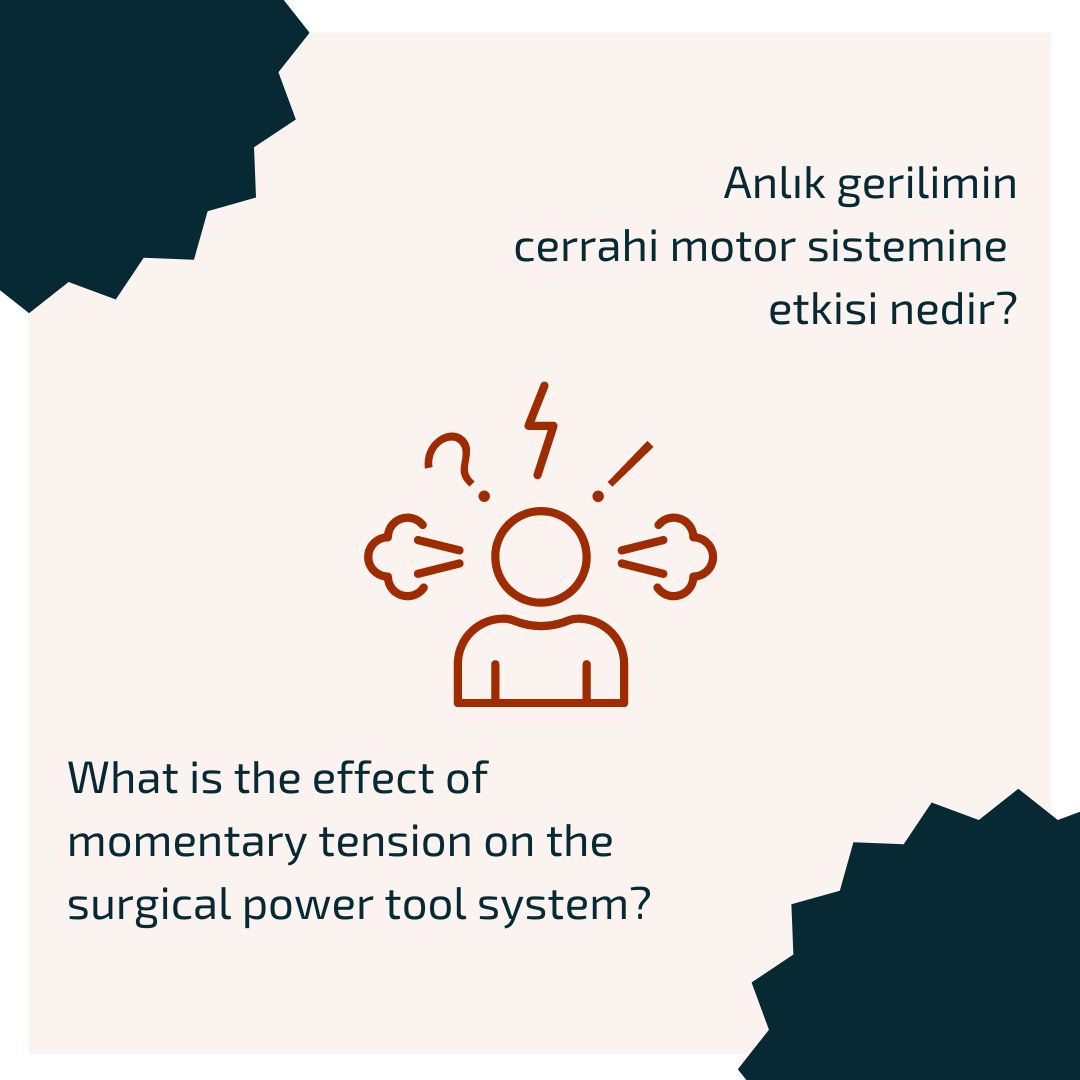Picture 1. Mihalko W.;Krackow K., Mont M.,(1990), The Technique of Total Knee Arthroplasty,Elsevier/ As the saw is approaching the bone a cutting front is created along the entire extent of the bone. As the progress slows, the blade can be withdrawn and angled 10-45 degrees to allow a different smaller bone front against the sawblade to allow greater power directed against a smaller cutting surface. This can be done as needed and also allow the saw blade to be angled away from vital soft tissue structures. Care should be taken to make sure the throw of the blade is not outside the edge of the bone.










